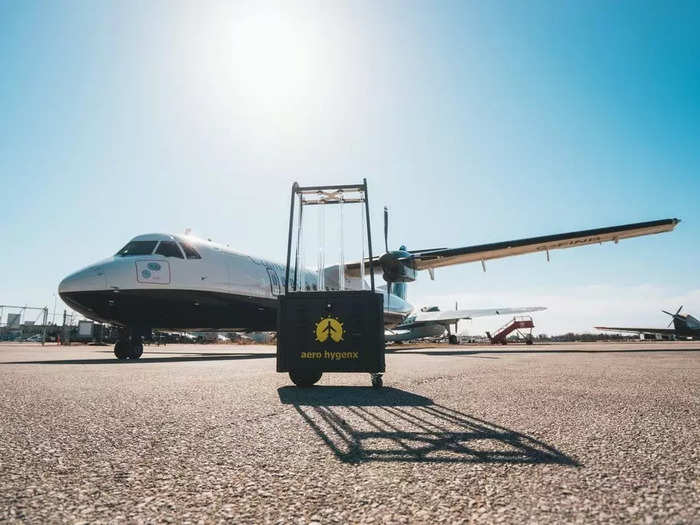Some airlines are using an autonomous UV robot to make disinfecting aircraft faster and cheaper meet Ray

Aero HygenX's RAY autonomous UV robot.Aero HygenX
- Some airlines are ditching manual cleaning procedures for Aero HygenX's self-driving UV robot called Ray.
- Ray uses motion-sensing technology to navigate aircraft and clean 99.999% of pathogens, including the virus that causes COVID-19.
During the pandemic, airlines had to start performing deeper cleaning on aircraft to prevent the spread of COVID-19.
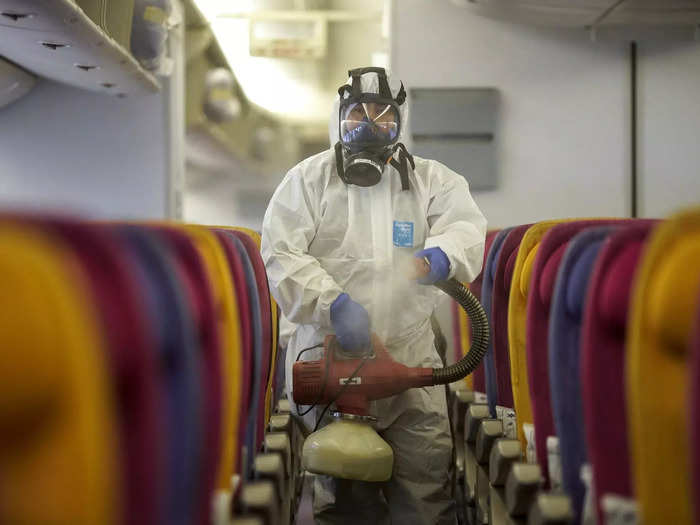
A member of the Thai Airways crew disinfects the cabin of an aircraft of the national carrier during a procedure to prevent the spread of the coronavirus at Bangkok's Suvarnabhumi International Airport, Thailand, January 28, 2020. Athit Perawongmetha/Reuters
Many companies responded with heavy-duty sterilization technology to target the virus, like hospital-grade disinfectants used to kill diseases like herpes, salmonella, and the avian flu.
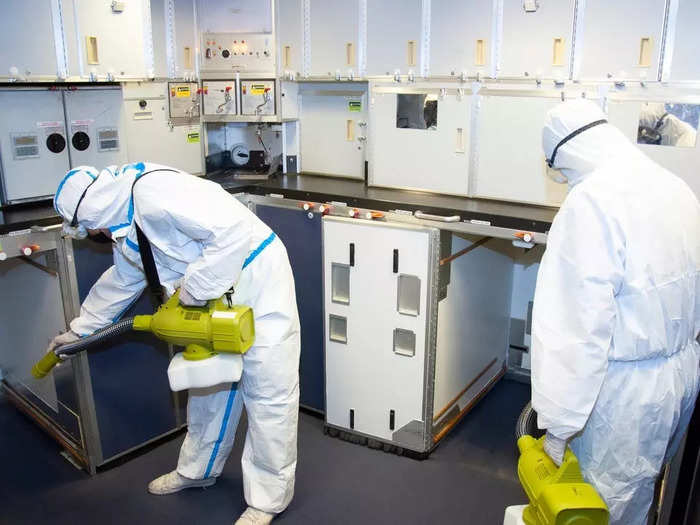
Aircraft interior cabin deep cleaning for COVID-19 disease prevention. Pradpriew/Shutterstock
Source: Bloomberg
However, most of the new processes require humans to manually apply the potent chemicals, which takes time and could damage their eyes and skin.
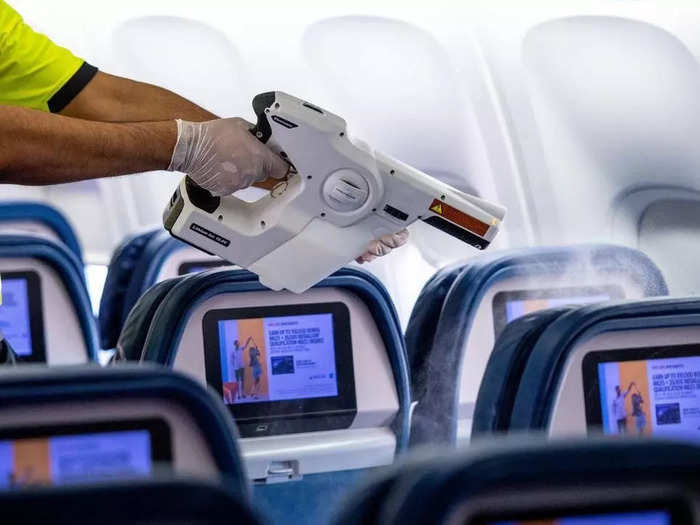
Delta COVID-19 cleaning process. Delta Air Lines
So, a tech startup came up with a greener, hands-free solution in the form of a self-driving robot called Ray.
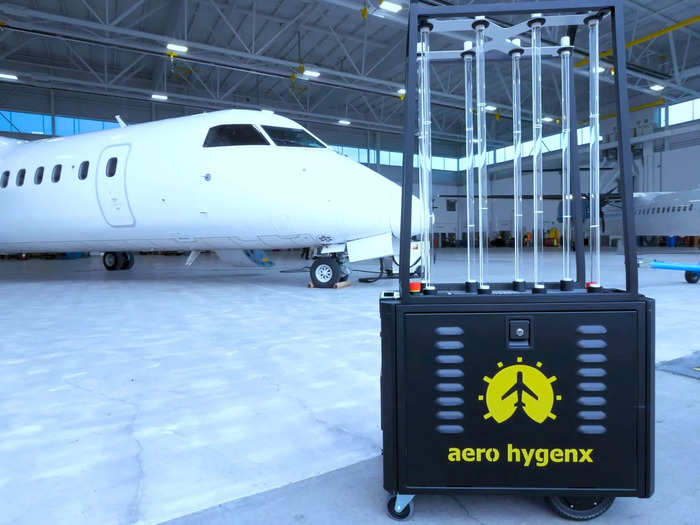
Aero HygenX's RAY autonomous UV robot. Aero HygenX
Ray has been developed by Canadian company Aero HygenX and can reliably and quickly kill 99.999% of pathogens using ultraviolet technology (UVC).

Aero HygenX's RAY autonomous UV robot. Aero HygenX
Source: Aero HygenX
UVC works by destroying the DNA structure of bacteria and viruses that are on surfaces and in the air. According to Aero HygenX, RAY consistently eliminates diseases like COVID-19 and Ebola.
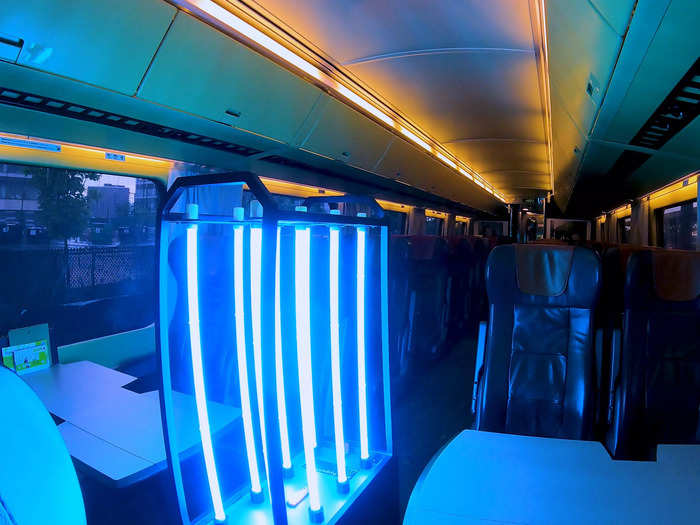
Aero HygenX's RAY autonomous UV robot can also be used on other modes of transportation, like buses and trains. Here RAY is on a train. Aero HygenX
Source: Aero HygenX
The tech does not require manual cleaning or the use of any hazardous chemicals, meaning there is no left behind residue that could damage plastics or fabrics in the cabin or cockpit.
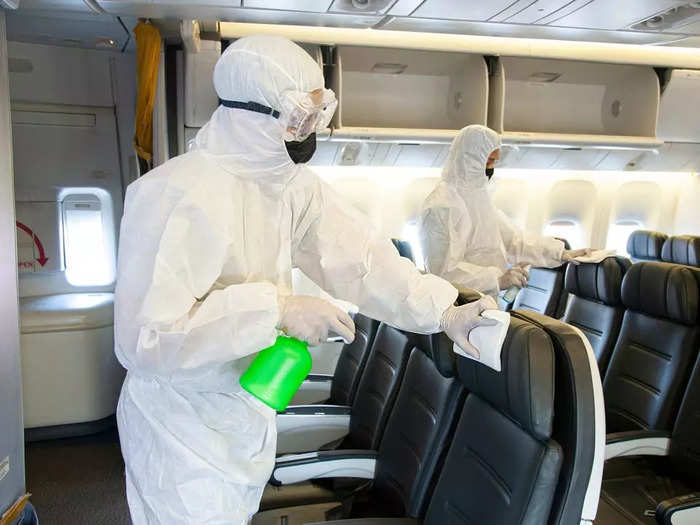
Aircraft cleaning for COVID-19 prevention. Pradpriew/Shutterstock
Source: Aero HygenX
Moreover, using fewer chemicals means less risk of "interior corrosion, embrittlement, increased flammability, and electrical short circuit," according to the company.

Aircraft cleaning for COVID-19 prevention. Thanakorn.P/Shutterstock
Source: Aero HygenX
"Depending on the system or part affected, any of these conditions [chemical effect] could create either an immediate or latent airworthiness issue," a Special Airworthiness Bulletin published by the FAA warned in November 2020.
!["Depending on the system or part affected, any of these conditions [chemical effect] could create either an immediate or latent airworthiness issue," a Special Airworthiness Bulletin published by the FAA warned in November 2020.](https://staticbiassets.in/thumb/msid-90018691,width-700,height-525,imgsize-235344/quotdepending-on-the-system-or-part-affected-any-of-these-conditions-chemical-effect-could-create-either-an-immediate-or-latent-airworthiness-issuequot-a-special-airworthiness-bulletin-published-by-the-faa-warned-in-november-2020-.jpg)
Aero HygenX's RAY autonomous UV robot can also be used on other modes of transportation, like buses and trains. Here RAY is by a train. Aero HygenX
Source: Aero HygenX, FAA
RAY is the first autonomous UVC disinfection robot specially designed for airliners. It uses motion-sensing technology to move up and down aircraft aisles and navigate throughout the galleys.
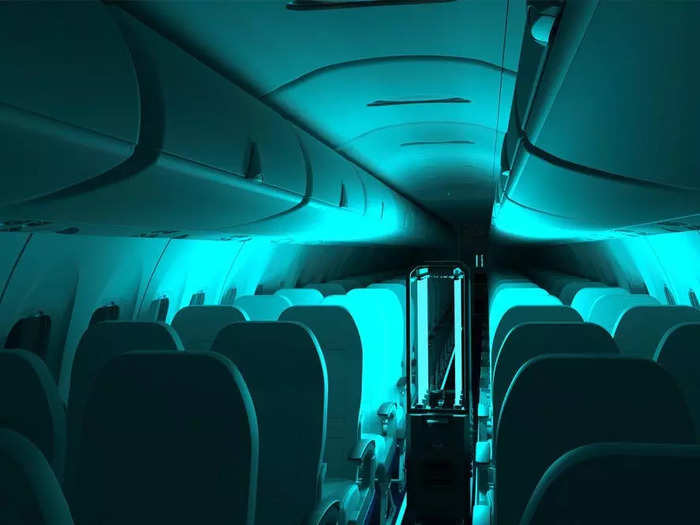
Aero HygenX's RAY autonomous UV robot. De Havilland Aircraft
Source: Aero HygenX
The tech not only provides a more thorough cleaning after passengers disembark but also reduces the time and labor needed to disinfect the plane.

Aero HygenX's RAY autonomous UV robot. Aero HygenX
Source: Aero HygenX
In December 2021, Aero HygenX announced a partnership with Mitsubishi Jets to market the RAY technology to use on CRJ Series aircraft.

MHI RJ Head of Aftermarket Customer & Product Support Mr. Robert Duffield and Aero HygenX CEO Mr. Arash Mahin signing the Cooperation Agreement in Saint-Sauveur, Québec. CNW Group/Aero HygenX
Source: Aero HygenX
According to the companies, the robot can disinfect an entire CRJ in as little as seven minutes.
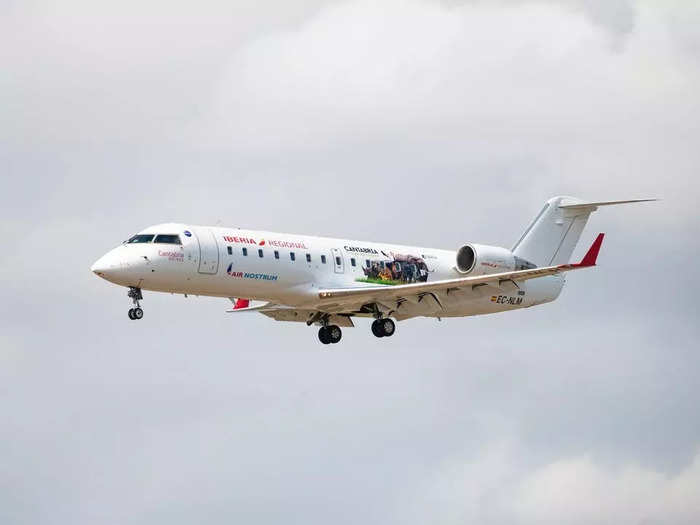
Mitsubishi CRJ-200ER for Iberia Air Nostrum. adolf martinez soler/Shutterstock
Source: Aero HygenX
Over the months, Aero HygenX has expanded the use of Ray to larger jets, including Avelo Airlines' Boeing 737 planes.
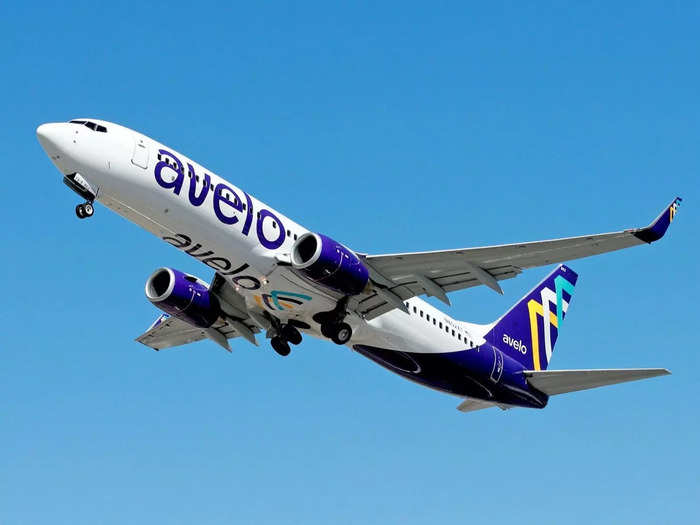
An Avelo Airlines Boeing 737-800. Joe Scarnici/Getty Images for Avelo Air
Source: Avelo Airlines
Avelo announced on Thursday that it is the first US airline to use Ray. According to the airline, other carriers use UVC technology to clean aircraft, but they are not autonomous.
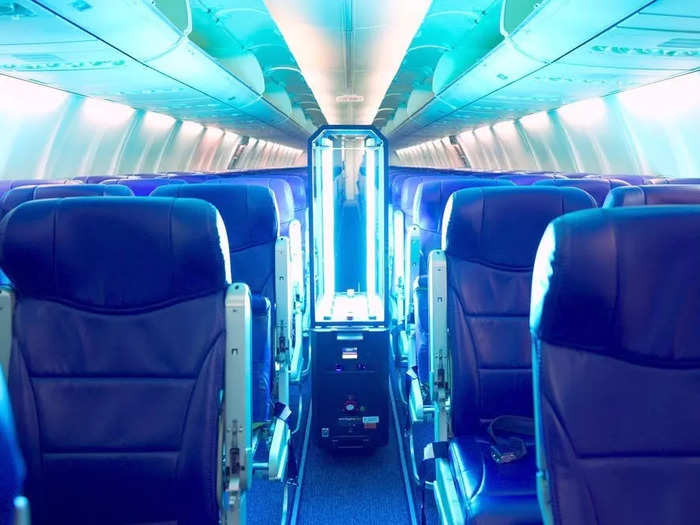
Aero HygenX's RAY autonomous UV robot on an Avelo Airlines aircraft. Avelo Airlines
Source: Avelo Airlines
The low-cost carrier believes the "emissions-free" robot is a "sustainable alternative to harmful chemicals." Aircraft disinfection occurs every evening following the last flight of each day, according to Avelo.
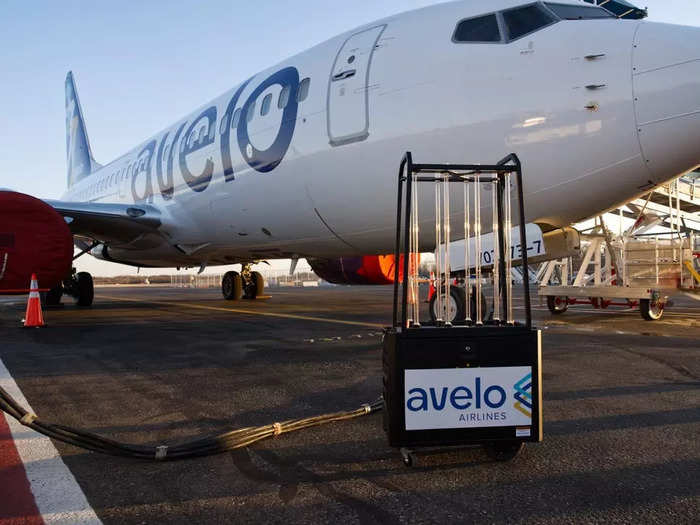
Aero HygenX's RAY autonomous UV robot. Avelo Airlines
Source: Avelo Airlines
The airline plans to also use the UVC technology in employee workspaces at its bases in Burbank, California, and New Haven, Connecticut.
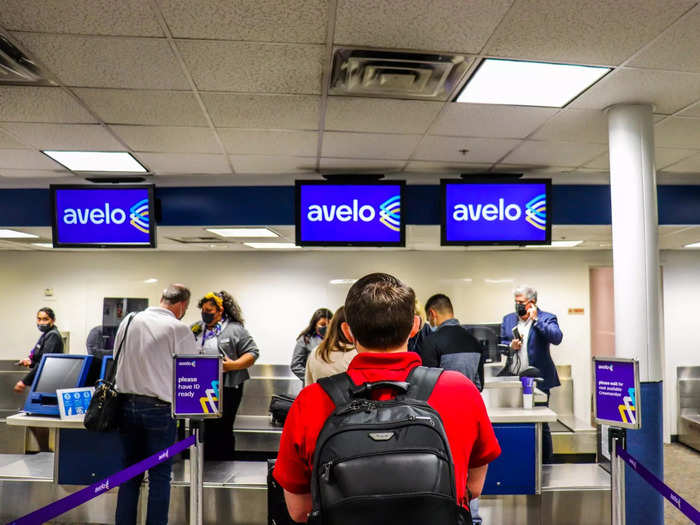
Avelo Airlines' West Coast base in Burbank, California. Thomas Pallini/Insider
Source: Avelo Airlines
"We are excited to be on the leading edge of helping prevent the spread of COVID-19 and other viruses among the flying public," Avelo CEO Andrew Levy said in a press release.
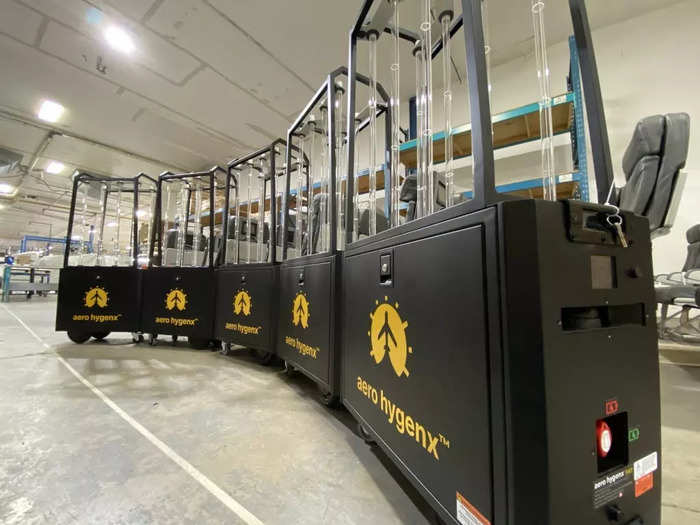
Aero HygenX's RAY autonomous UV robot. Aero HygenX
Source: Avelo Airlines
"Ray is a safer, faster, more cost-effective, and more sustainable solution than the conventional chemical-based manual disinfection process used by most other airlines," he continued.
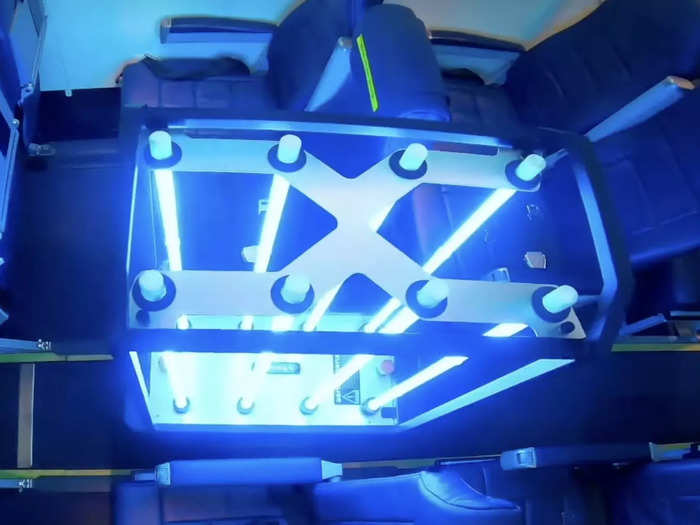
Aero HygenX's RAY autonomous UV robot. Aero HygenX
Source: Avelo Airlines
Other companies have also signed agreements with Aero HygenX to deploy and market the product, including Ethiopian Airlines…
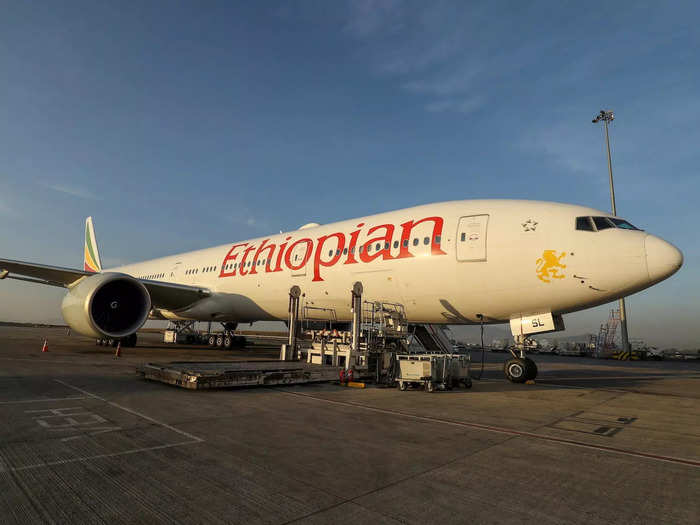
An Ethiopian Airlines plane at the Bole International Airport in Addis Ababa in March 2021. REUTERS/Tiksa Negeri
Source: Ethiopian Airlines
…Lufthansa Technik...
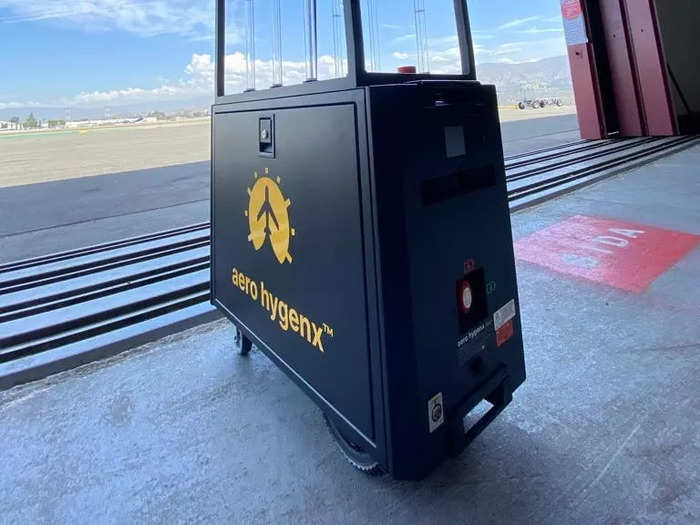
Aero HygenX's RAY autonomous UV robot at Burbank Airport. Aero HygenX
Source: Aero HygenX
...and De Havilland Aircraft of Canada.
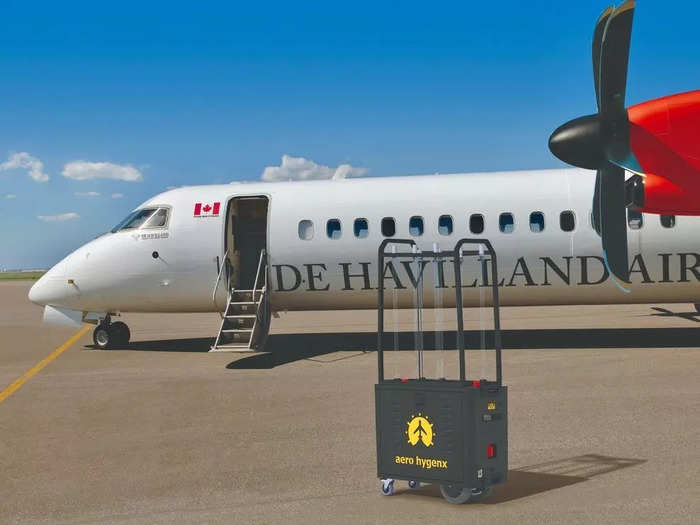
Aero HygenX's RAY autonomous UV robot. De Havilland Aircraft
Source: De Havilland Aircraft
READ MORE ARTICLES ON
Popular Right Now
Advertisement
